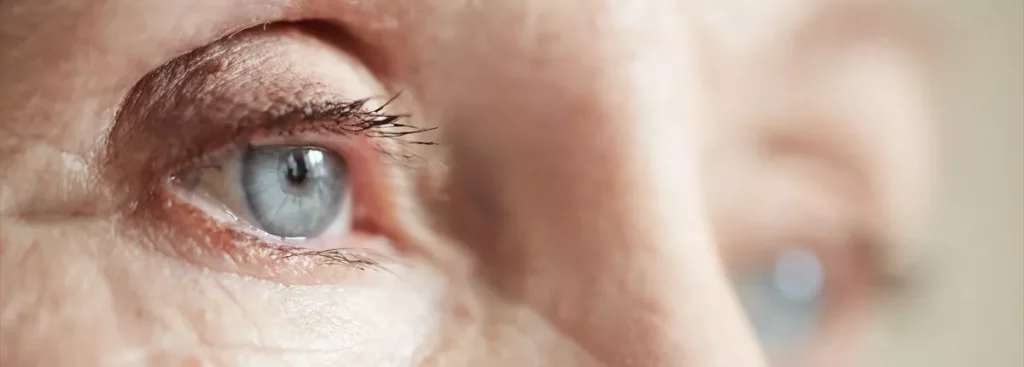Age-related macular degeneration (AMD) is the most common cause of vision loss in people over the age of 50. It is a progressive disease that causes the death of cells in the center of the retina, called the macula.
As AMD progresses, it can interfere with your ability to read, drive, and see details clearly. There is no cure for AMD, but there are treatments that can help you manage its symptoms.
This can lead to gradual loss of vision, usually starting in one or both eyes. You can have medicine for your better vision, TheyaVue Buy Online.
There is no known cure for age-related macular degeneration, but there are treatments that can help lessen its effects.
Age-related macular degeneration can develop in either or both eyes. There is no early warning sign of the disease, but some people may experience changes in their vision, or have a sudden loss of vision.
Some people may not experience any symptoms at all, but many others will notice that their vision has changed.
The exact symptoms can vary from person to person, and the severity of the disease varies from person to person as well.
What Is Age-Related Macular Degeneration (AMD)?
Age-related macular degeneration (AMD), also known as macular degeneration, is a common eye disorder. It’s caused by deterioration of the macula, a small area in the center of the retina in the back of the eye.
Macular degeneration causes central vision loss. Your central vision is what you see in front of you when you’re looking straight ahead.
Your peripheral vision is what you see on the side when you’re looking straight ahead. Macular degeneration doesn’t cause total blindness because it doesn’t affect your peripheral vision.
It’s estimated that 11 million Americans have this disease. It’s the number one cause of vision loss.
There are two types of macular degeneration:
- Dry Macular Degeneration
- Wet Macular Degeneration
Dry macular degeneration affects about 85 to 90 percent of people with the condition. It occurs due to small yellow deposits called drusen developing under the macula.
Wet macular degeneration affects the remaining 10 to 15 percent. It occurs when abnormal blood vessels develop under the retina and macula.
Types Of Age-Related Macular Degeneration And Causes
The two primary types of age-related macular degeneration have different causes:
Dry. This type is the most common. About 80% of those with AMD have the dry form. Its exact cause is unknown, although both genetic and environmental factors are thought to play a role.
This happens as the light-sensitive cells in the macula slowly break down, generally one eye at a time. The loss of vision in this condition is usually slow and gradual.
It is believed that the age-related damage of an important support membrane under the retina contributes to dry age-related macular degeneration.
Wet. Though this type is less common, it usually leads to more severe vision loss in patients than dry AMD.
It is the most common cause of severe loss of vision. Wet AMD happens when abnormal blood vessels start to grow beneath the retina.
They leak fluid and blood — hence the name wet AMD — and can create a large blind spot in the center of the visual field.
Symptoms Of Macular Degeneration
Early on, you might not have any noticeable signs of macular degeneration. It might not be diagnosed until it gets worse or affects both eyes.
Symptoms of macular degeneration may include:
- Worse or less clear vision. Your vision might be blurry, and it may be hard to read fine print or drive.
- Dark, blurry areas in the center of your vision
- Rarely, worse or different color perception
If you have any of these symptoms, go to an eye doctor as soon as possible
